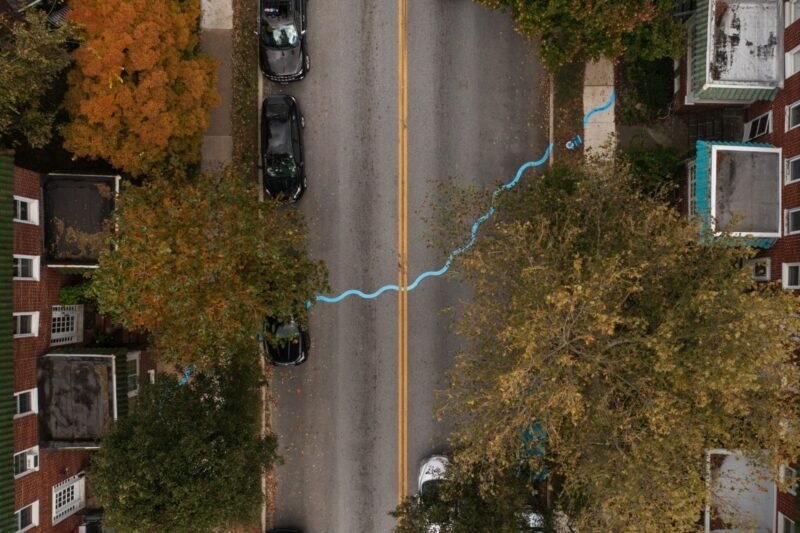I, Eyes And JR
This post is written as a conversation with ‘Pop-Up City As Museum’ by Alexandra Mientjes and ‘New York’s Underbelly’ by Anna Triboli.

The champion of ‘the street is my gallery’ and large-scale in-your-face projections of the ‘hidden’ urban moments and emotion, JR , is the winner of the TED Prize 2011. He began his journey in Paris and, among many other urban art projects, undertook neighborhood-scale installations in Rio de Janeiro, and put portraits of Palestinians and Israelis ‘face to face’ on the walls of several cities of the region. Recently, a documentary film about his portrait project on the courage of women in/against conflicts, was screened at the the Cannes Film Festival 2010.
One of the new projects of JR, as the TED site reveals, is
“Unframed, which reinterprets famous photographs and photographers by taking photos from museum archives and exposing them to the world as huge-format photos on the walls of cities. It asks the question: What is the art piece then? The original photo, the photo “unframed” by JR or both?”
This seems like a crucial question not only for such ‘famous photographs’ hanging on museums and archives, but for practices of JR (and Workhorse, Pac, Banksy etc.) Are the installations in Rio favelas and NYC Subway labyrinths the real thing, or are they just a medium for producing further images (like the one below) which then takes its rightful place in a gallery as an example of urban art? For whom such an installation is produced? Surely not for the people who live behind and navigate past those walls, as they cannot ‘see’ the installation from such proximity (Geoff Manaugh furthers the critique of the ‘eyes’).

The TED site further claims that in his works JR remains “anonymous and (…) leaves the space empty for an encounter between the subject/protagonist and the passerby/ interpreter”. But the images that are circulated are photographed by JR, copyrighted by JR, and photographed in a manner which showcases JR’s installation, rather than any real impact those installations may have on the community. The photographs are all about JR.
The same strategy seems to also operate in Banksy’s film and the Underbelly Project (no dis-respect to the creativity of all the artists involved). The media exposure shortens the already temporary public lives of the urban art projects, and thus make them more quickly available for private consumption. To answer JR’s question: it is neither the ‘original’ photograph, nor the ‘unframed’ photograph (exhibited in an everyday context) but the photograph of the exhibited ‘unframed’ photograph, which is the art piece, and JR owns the copyrights.



